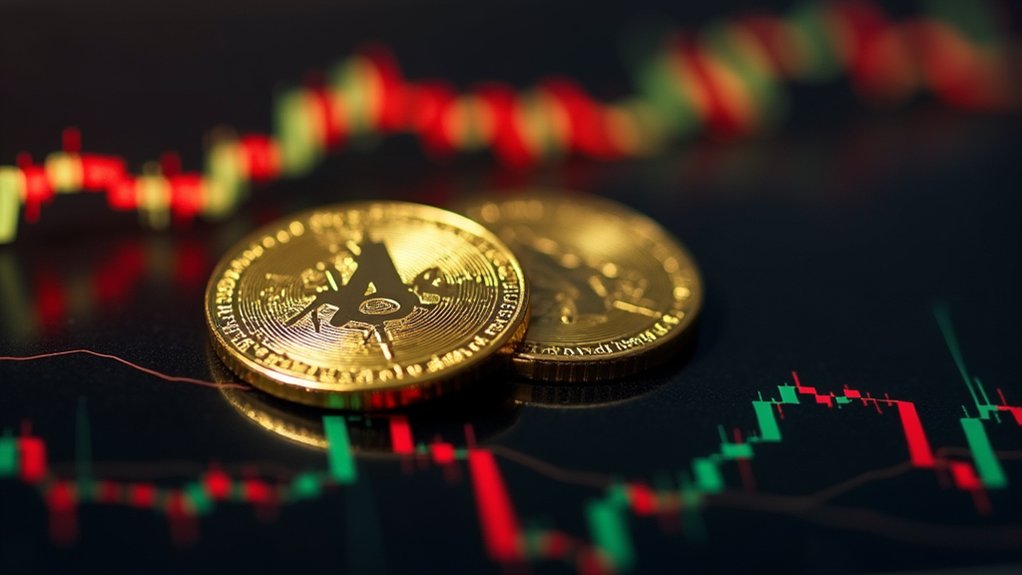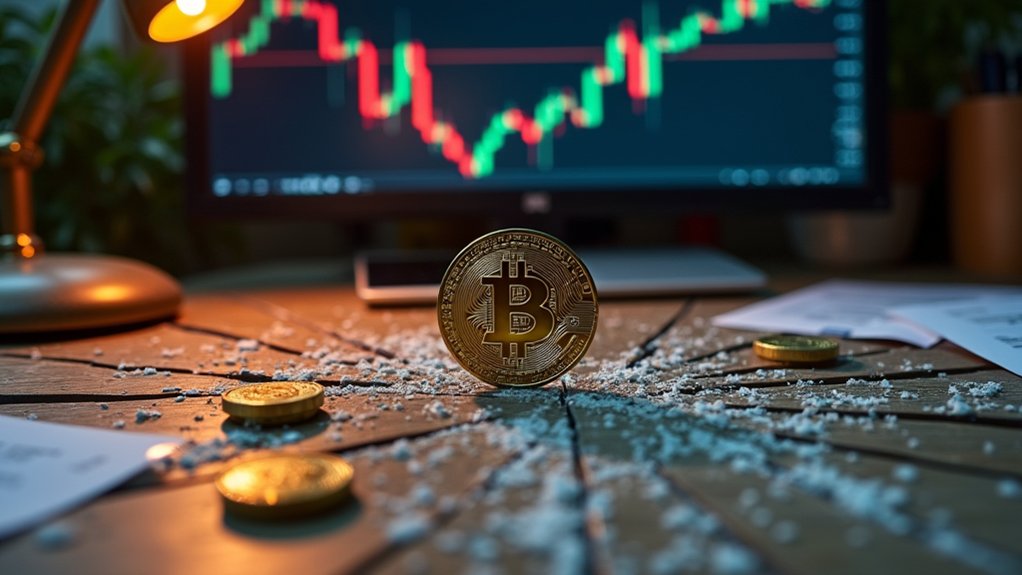How long must investors endure the charade of owning tokens they cannot trade? For months following the conclusion of WLFI token sales in March 2025, with a staggering $550 million raised, holders were shackled by restrictions that rendered their assets inert—locked away from any semblance of market liquidity. These tokens, sold exclusively to accredited investors at $0.015 and then $0.05 per unit, were effectively mere promissory notes, deprived of tradability by opaque regulatory constraints that, while perhaps necessary, have done little but stifle genuine price discovery and market dynamics.
The regulatory impact, ostensibly designed to protect investors and maintain compliance, instead morphed into a bureaucratic stranglehold that left early backers frustrated, sidelining the token in a limbo where demand surged but trading remained a forbidden fruit. The current WLFI price remains at approximately 0 USD, reflecting the challenges of transitioning from restricted sales to active market trading. Only with LBank’s pre-market listing on June 18, 2025, did the WLFI token finally step into the light, albeit cautiously, as the first centralized exchange to offer a WLFI/USDT trading pair, shifting from a theoretical asset to one with tangible liquidity prospects. The pre-market trading offers price protection and compensation in case of losses, aiming to mitigate risks during this initial phase.
Yet, the opening of markets has not instantly translated into vibrant liquidity; price data reveals minuscule nominal values bordering on the negligible, accompanied by volatile swings—an unsettling debut for a token heralded by grand ambitions and backed by strategic partnerships. The market’s tepid reaction underscores the consequences of delayed trading enablement and regulatory tightropes, which, while justifiable, have inadvertently handicapped the token’s initial performance.









